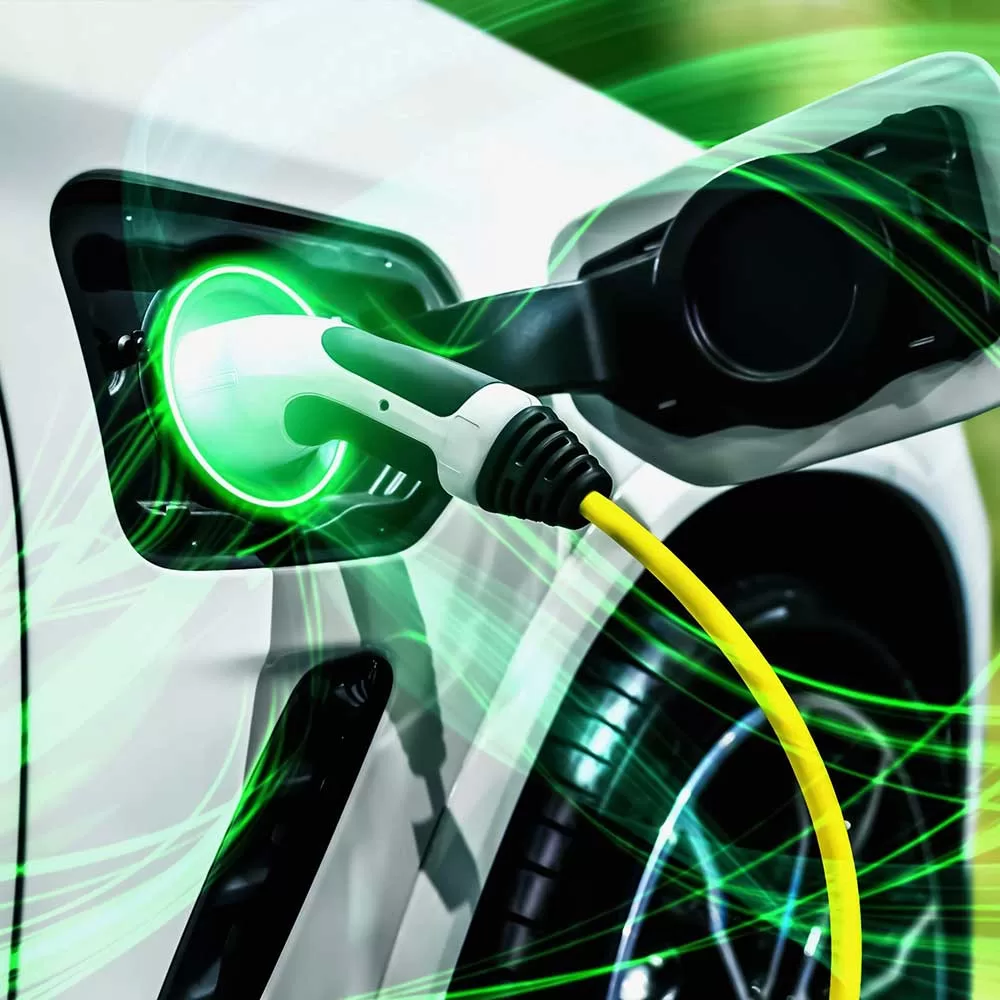
Carbon fibre structural batteries are an interesting and emerging technology which allow batteries to be integrated into structural components. They are an innovative solution to a problem that has become particularly noticeable with the mass-adoption of battery electric vehicles. They have the potential to be used across a range of consumer electronics, too.
How carbon fibre structural batteries work
The most cutting-edge technology uses three primary materials to form a laminate cell with rigidity and the capacity to store a charge. Woven carbon fibre is used as the cathode of the cell, meaning that as the cell releases its charge, the electrons flow from it, through the electrolyte, and through to the anode. The liquid electrolyte is set into a glass fibre material that keeps the anode and cathode separate, while the anode is made from a thin film of aluminium. The liquid electrolyte contains the lithium for the cell, which moves between the electrodes as the battery is charged and discharged. All three components provide structural reinforcement here, not only the carbon fibre cathode.
Development is ongoing, with the hope that more of the cell could be made from carbon fibre. This should help to increase strength and decrease weight.
Where might carbon fibre structural batteries be used?
Carbon fibre structural batteries could theoretically be applied anywhere a battery is used. Realistically, the technology is likely to be targeted at specific types of products. Initially, they are likely to be used in battery-powered consumer electronics like laptops, tablets, and phones, where battery life remains a concern, and reducing weight and thickness is a never-ending goal. Integrating carbon fibre structural batteries has the potential make these devices thinner and lighter, as they can use their internal volumes more efficiently. Back panels and sides could be made from these structural batteries, so the internal volume of the device could be shrunken down.
Later on, there is the potential for structural batteries to be integrated into battery electric vehicles like cars and even, potentially, aircraft.
Electric cars
Future carbon fibre structural batteries would be an ideal addition to battery electric cars. Electric cars are more expensive than an equivalent petrol car, while having shorter range and taking longer to refill. A large portion of the price of an electric car reflects the high cost of the batteries themselves. Improving range by adding more batteries can very quickly increase the price of the car and make charging slower. Reducing the price of the car either requires fewer batteries or making cost savings elsewhere in production.
Carbon fibre structural batteries have the potential to make electric cars lighter, improving power consumption and range while decreasing price. By removing the separate structure to hold the battery pack, carbon fibre structural batteries promise to reduce the weight of the car while potentially maintaining the battery capacity. A lighter car requires less energy to move, enabling longer ranges with equivalent battery capacities.
Increasing range is an important goal, but for many the main barrier to electric cars is cost, not range. By reducing weight and thus efficiency, carbon fibre structural batteries should allow manufacturers to produce electric cars with similar ranges to today, but with smaller batteries that cost less to produce and are faster to charge.
Disadvantages and caveats
There are disadvantages and caveats to the widespread adoption of carbon fibre structural batteries. While the technology is progressing, there is no obvious solution to some problems that will be found through iterative improvements. The most recent improvements have brought the energy density of these cells to only about one third of that of the most advanced lithium-ion batteries made in the standard way. Strength is also a limiting factor with current technology; the most recent iteration is also only one third as stiff as aluminium. There is scope for both of these to improve through iterative advances.
Integrating these into aircraft or cars poses some more tricky challenges relating to safety, and also sustainability. As it stands, lithium-ion batteries are prohibited on many airlines beyond a certain size because of the risk of fire. A punctured lithium-ion battery can begin to overheat and then burn at over 2000°C while releasing toxic gases. Once on fire, they are exceedingly difficult to extinguish. This challenge will have to be overcome.



